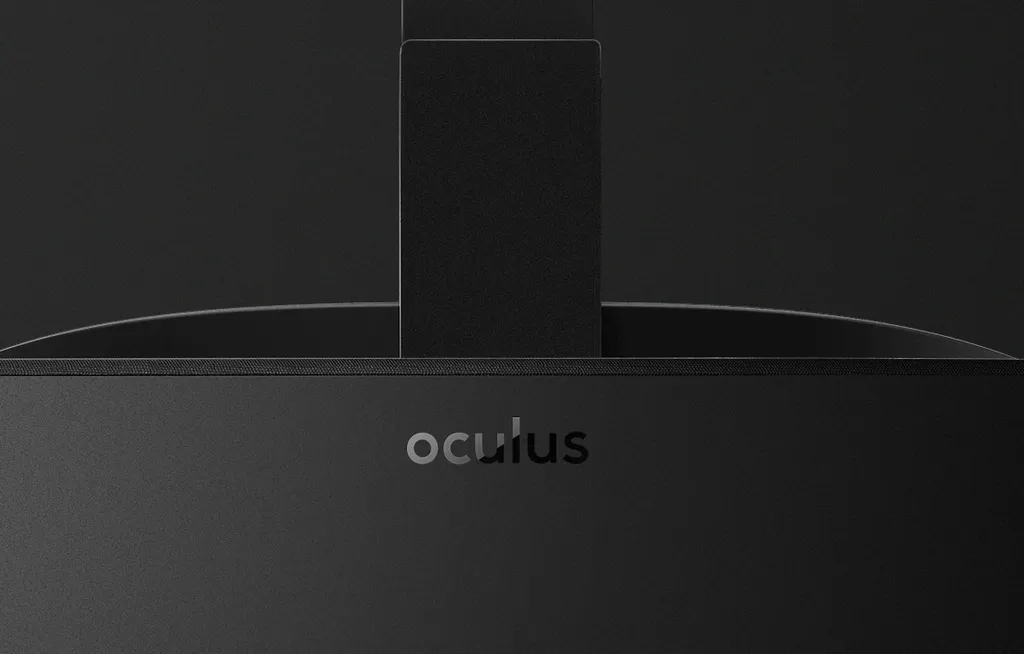I was starting to get blue from holding my breath. Today I finally had a chance to exhale as I woke up to possibly the best news I could have gotten: Oculus finally has announced the consumer version of its headset, even better – we know around when it is going to be released, Q1 2016 with pre-orders starting “later this year.”
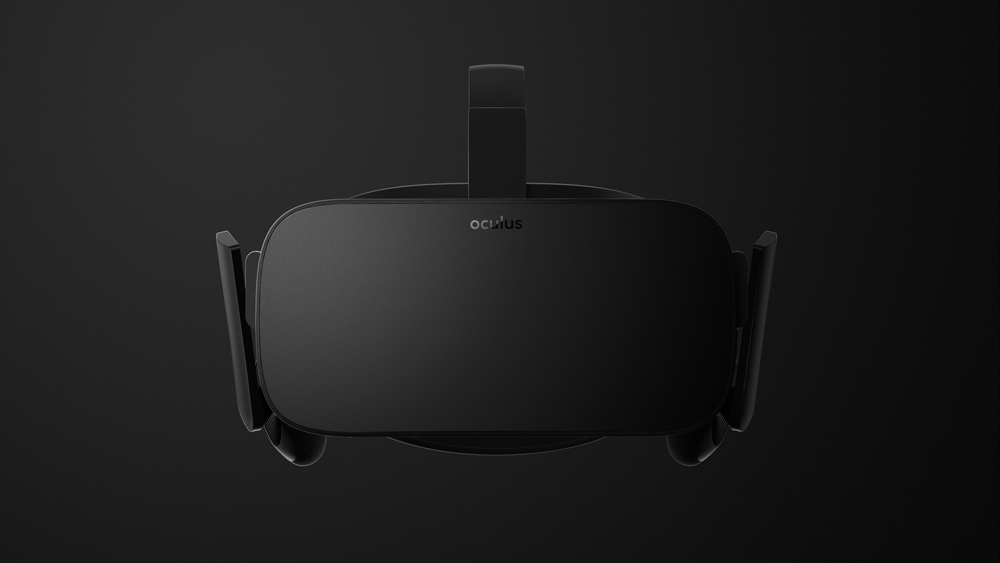
Yesterday, Palmer Luckey tweeted out:
I love it when a plan comes together!
— Palmer Luckey (@PalmerLuckey) May 5, 2015
The quote was a reference to the popular 80’s show, and modern meme – The A-Team. Obviously now we know what it was hinting at, but it might as well have been a nod to the fantastic team that has made this all happen at Oculus as well.
Since Oculus’ journey began as an idea on a forum called Meant to Be Seen 3D, Palmer has had an ‘A-Team’ around him. From the support of early luminaries in the industry like Mark Bolas and Nonny de la Peña, to the team currently assembled with John Carmack, Brendan Iribe, Michael Abrash, Nate Mitchell, Jason Rubin and the countless other big name members of Oculus – Palmer “Hannibal” Luckey has had assembled the ‘A-Team’ around him to build the future. And now, finally, after Oculus’ long journey from idea, to Kickstarter, to acquisition, that future is going to arrive.
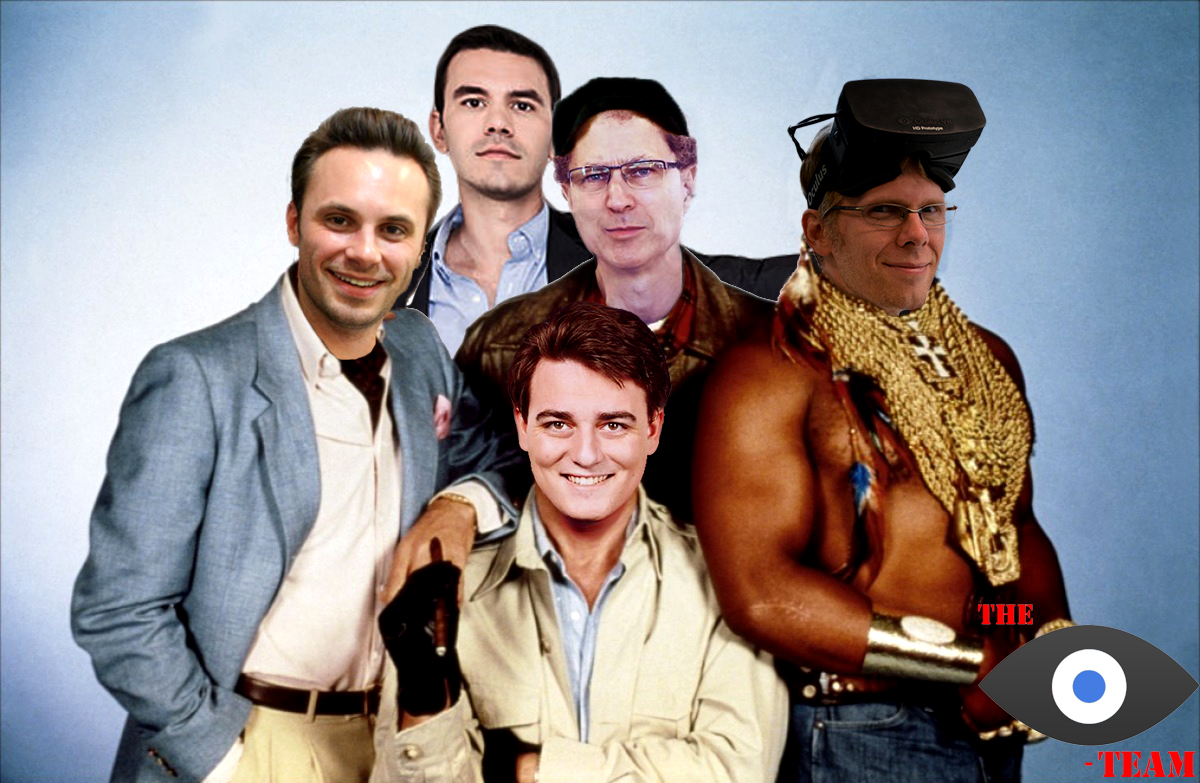
Outside of the big news that we would, in fact, get an Oculus Rift consumer version in ‘months, not years,’ we didn’t garner a whole lot of new technical info on what the consumer version will actually be capable of but we did learn a couple of things we could’ve guessed. The consumer version will come with “improved tracking system that supports both seated and standing experiences, as well as a highly refined industrial design, and updated ergonomics for a more natural fit.” Palmer Luckey also confirmed on reddit that this is tracking improved from the Crescent Bay, the prototype Oculus has been demoing since last year, not the DK2 – the development kit in the hands of people around the world. Additionally, Palmer confirmed the consumer version would in fact have a microphone for voice communication (an important factor given the social future of virtual reality).
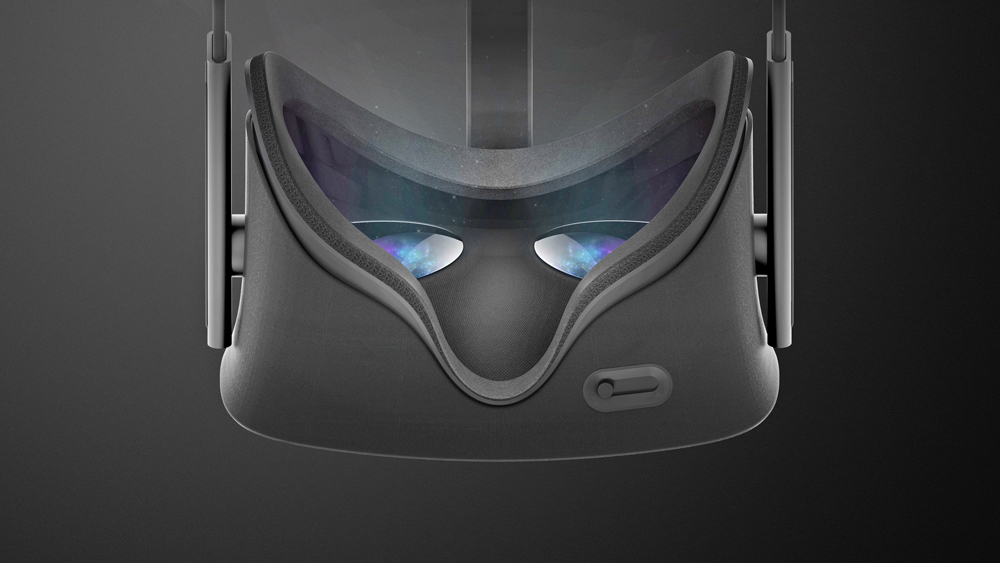
Studying the pictures there are a couple of things that jump out in terms of design. From a design standpoint it’s hard to tell if the lenses got larger or the headset got smaller, but it may be a combination of the two. Bigger lenses would suggest a higher field of view than what we have seen before from Oculus. Additionally, Oculus’ logo has changed on the front. Gone is the 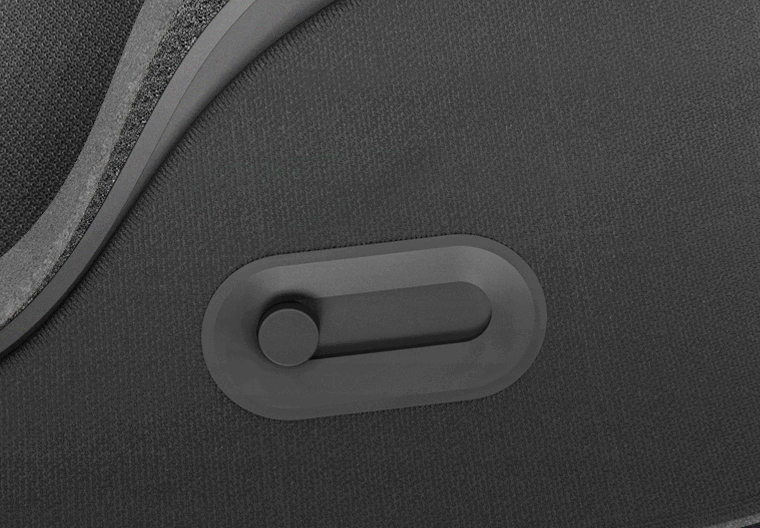
During an interview with TechCrunch’s Josh Constine, Nate Mitchell – Oculus’ vp of product, spoke a little more about the Oculus Rift CV1 saying, “everything else [authors note: other than a gaming PC] you need will come in the box.” This potentially suggests that the Oculus Rift may ship with an input device, although that remains to be seen.
One thing we did learn is that we can probably expect to see multiple forms of input released with the Oculus Rift. In response to a question about what kind of input we would see, Nate Mitchell responded, “we have a multi- a diverse approach to input,” pointing to how people use interact with different objects in different ways – which is one of the fundamental issues with VR input. Which is what makes what he said next even more interesting, “we have a couple of different things we are excited to share in the near future,” (emphasis added) that suggests that we may see multiple types of input. This is pure speculation, but my money is on a traditional style gamepad (ease of adoption) and a set of motion controllers not unlike the ones on the Vive. For now we are in the dark, but hopefully not for long as Mitchell mentioned, “we are going to be talking a lot more about input in the run up to E3.”
Beyond the present of input, we also learned that Michael Abrash, Oculus’ chief scientist, is heading up a division focused on solving the problems related to the future of input. This R&D division will be tackling issues from fine tuned skeletal tracking to perhaps even brain machine interfacing, trying to solve the problems facing technology that is perhaps ten years out.
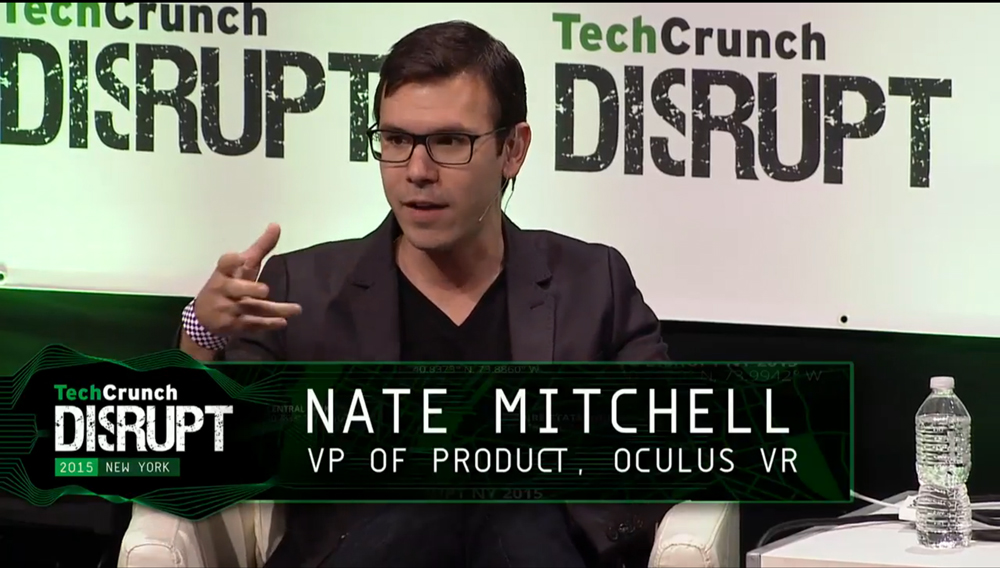
Other than input, there were a few nuggets of information to be found in Nate Mitchell’s interview with Josh Constine. The first thing that we learned is that we may need to brace ourselves for a slightly higher price point on the Oculus Rift. Mitchell mentioned that there was “custom hardware involved” that was driving up the cost a bit – whether that hike hits the consumers as well remains to be seen. The Rift also will require the use of a gaming PC, “something that will run modern games well today.” So not a powerhouse necessarily, but many consumers will likely need to spend money on system upgrades to get the best experience.
Speaking of experiences, Oculus is building them. During the interview we learned that the GearVR title, Herobound, is actually the first official Oculus game. Developed by a two man internal team in conjunction with an outside studio, Herobound is an example of the kind of game projects that Oculus is working on. Mitchell noted that there were no “big studios within Oculus investing in games,” but that they were in fact building some games in small teams – with Jason Rubin heading up the internal studio. Oculus’ strategy at first is somewhat similar to Nintendo, help create some proprietary, beautiful experiences but also welcome third party developers with open arms. Right now Oculus is using small first party teams internally to develop some experiences we will likely see peeks of leading up to E3.
Another thing we learned is that we can expect to see Oculus Rifts in a store near you. When asked about retail’s position in Oculus’ release strategy for the Oculus Rift, Mitchell said that “retail is an important part of what we are doing.” Mitchell continued saying that retail installations “are really important” because they allow people to actually try virtual reality. Virtual reality is one of those things you can’t just read about or see on TV, you have to experience it for yourself. So it is ultimately a fantastic thing that Oculus is adopting this strategy.
We expect to learn a lot more about the Oculus Rift in the coming weeks leading up to and at E3, where I’m told Oculus will be showing the CV1 behind closed doors. Palmer Luckey started this revolution back up again with the help of the great A-Team around him, but the onus of virtual reality’s future now shifts onto all of us as consumers. It looks like the world will vote with its dollar on virtual reality’s future late this year when preorders go live on Oculus.com, but I would say it seems to be polling well. So, what can I say other than, it looks like May was close after all (even if it wasn’t the set date). “I love it when a plan comes together.”
We will continue to follow the announcements over the next couple of weeks closely as we work our way towards the big day, E3.

